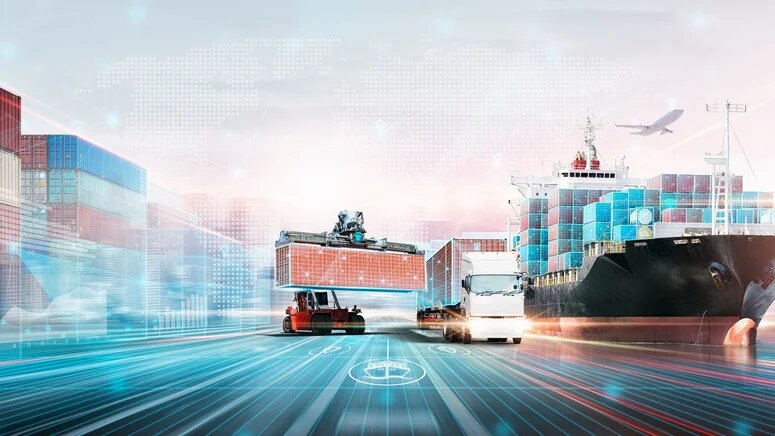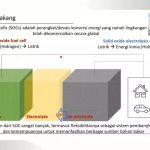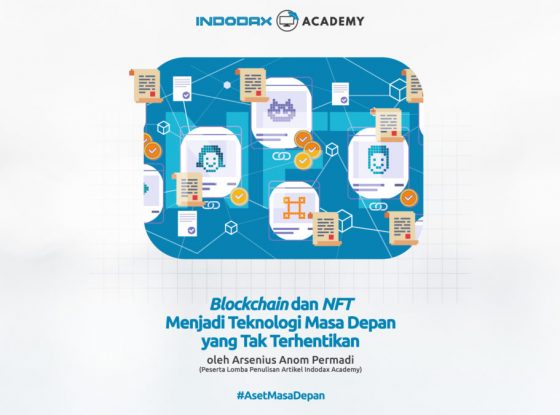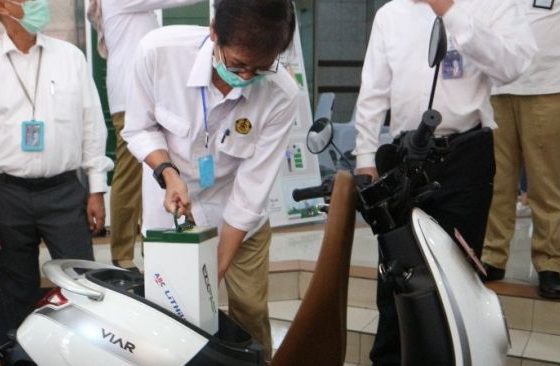Raise an enterprise’s IQ with smart logistics

With logistics increasingly in focus in today’s global economy, ensuring the smooth movement of goods and services is a priority for business. With devices connected to the IoT, capable software, and seamless connectivity, keeping things moving is a challenge that enterprises can address.
Logistics is integral to today’s global economy. International trade depends upon the smooth movement of goods and services. With the explosion of e-commerce, this movement of goods and services – and their management – is even more pivotal to economies and their individual businesses and enterprises.
To take just one market: road freight within the European Union added up to 13.6 billion metric tons in 2022.1 Extrapolate that to other means of transport, and to other markets around the world, and it is clear that the logistics management field is gigantic. However, imagine if all that freight could move more efficiently and sustainably. In effect, could the process be somehow “smarter”?
“In ‘smart logistics,’ we introduce technologies such as IoT devices, data analytics, and machine learning. We take the data that is being generated and use it to optimize efficiency,” says Stefan Heimerl, Business Line Manager IoT Solutions for G+D. That efficiency unlocks savings, but also cuts down on emissions across the logistics chain. A more sustainable, efficient logistics process benefits vendors, customers, and the general public, who are increasingly mindful of these factors when they make their purchasing decisions.
Businesses recognize this need and are moving quickly. According to the data and analytics firm GlobalData, the transportation and logistics Internet of Things (IoT) market worldwide was just under $31 billion in 2022. This is projected to grow at a CAGR of just under 17%, hitting almost $67 billion in 2027.2
What makes it smart?
Getting to this stage of operational efficiency requires planning and investment in three broad categories, explains Heimerl.
- Devices: These need to be connected to the IoT. They range from tracking devices on trucks to smart labels on the packages the trucks are carrying.
- Platforms and solutions: These are software solutions that collect, process, and analyze the data that devices generate.
- Seamless connectivity: Logistics now is truly global, with packages and shipments crossing borders and jurisdictions. There can be no downtime in data exchange, no “dark spots.” It is best if a single provider is used across all the networks that the package will inevitably encounter on its journey from vendor to customer, so as to minimize costs, roaming charges, and the like, and to enhance efficient customer service.
Keep on trucking
Let’s return to road haulage in the EU. A report by Strategy& (part of the PwC network) estimated that trucks in that market are empty for around 20% of the distance they travel each year.3 Even a 10–20% reduction in this number could save industry between €1 billion and 2 billion a year. Just as crucially, it could cut CO2 emissions by 1–2 megatons.4
“In ‘smart logistics,’ we introduce technologies such as IoT devices, data analytics, and machine learning. We take the data that is being generated and use it to optimize efficiency.“
Stefan HeimerlBusiness Line Manager IoT Solutions for G+D
Globally, fuel prices are still volatile. As we mentioned earlier, there is growing pressure on companies to act more sustainably across their entire supply chains. By the same token, trucks don’t run empty because their owners want them to. Operators would much rather these trucks be full and generating income at every stage of their journeys. Fleet management has a key role to play in this.
Traditionally, travel times were estimated and fixed schedules were prepared. This can lead to some inflexibility, including running routes that are suboptimal and unnecessary fuel consumption. But a simple fix, such as a solar-powered tracking device on a truck, can help companies garner real-time data that includes location and traffic conditions, making it possible to deliver a better and more efficient route to the driver.
This dynamic route adjustment can include further factors such as weather and unforeseen road closures. Travel time and fuel usage are accordingly reduced, and the company can measurably reduce its carbon footprint simply by having fewer vehicles stuck in traffic. Let’s not forget the enhancement in customer satisfaction, because the goods arrive at their destination on time.
Anchored by analytics
The right platform that pulls together all this data and then generates usable solutions is key. Such a platform should be scalable, designed to fit with an enterprise’s existing systems, and easy to use.
“Broadly speaking, you can study trade and delivery routes, optimize those routes, and identify patterns in demand,” says Heimerl. “You can use the information generated from deliveries to make data-driven decisions and improve overall efficiency. That comes down to using IoT devices and some kind of online platform to analyze that data.”
This is part of a larger theme in the emerging field of smart logistics, which is the management and utilization of the vast stores of data being generated and collected by all those smart devices, large and small.
Challenges to come
Cost remains a factor. While the benefits of smart logistics are clear and verifiable, there is an investment required to get to that stage.
Connectivity remains an issue, especially as logistics providers cross borders and swap networks. It’s crucial to have the right partner, one who can guarantee that connectivity across borders and different networks.
In this situation, an enterprise network operator (ENO) is one solution. ENOs do the hard work of connecting with all the constituent networks in the supply chain, so the individual business doesn’t have to. The business signs a contract with the ENO, which then takes on the onus of making sure that connectivity is assured and data is exchanged seamlessly across the logistics process.
Security remains an issue in the IoT. While advances are being made every day, all these devices do present portals to entry for malicious actors. Enhancing security requires investment, planning, and concerted effort.
G+D is part of this effort as a global leader in digital security, and its IoT Security Features protect data generated from connected devices. Thus, IoT SAFE protects against threats and provides cybersecurity, while IoT Protect provides an encryption/decryption mechanism for IoT applications, and SIGNiT® provides data integrity for multi-party IoT ecosystems. As the field of smart logistics evolves, threats do as well. An agile and dependable security partner becomes essential in this context.
Source : gi-de.com



